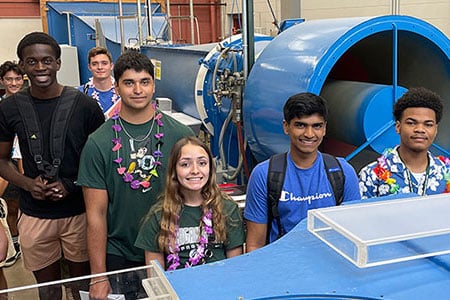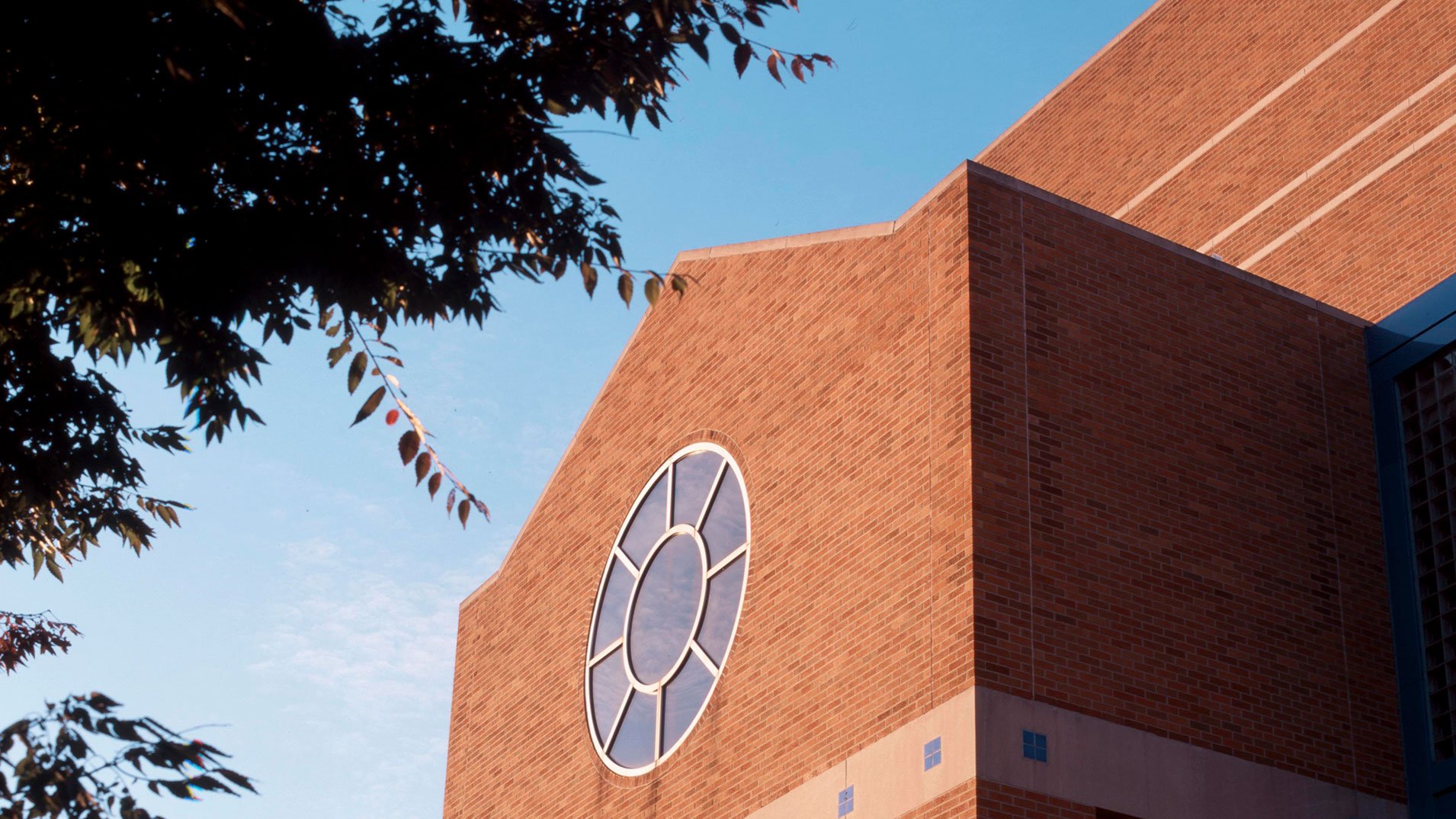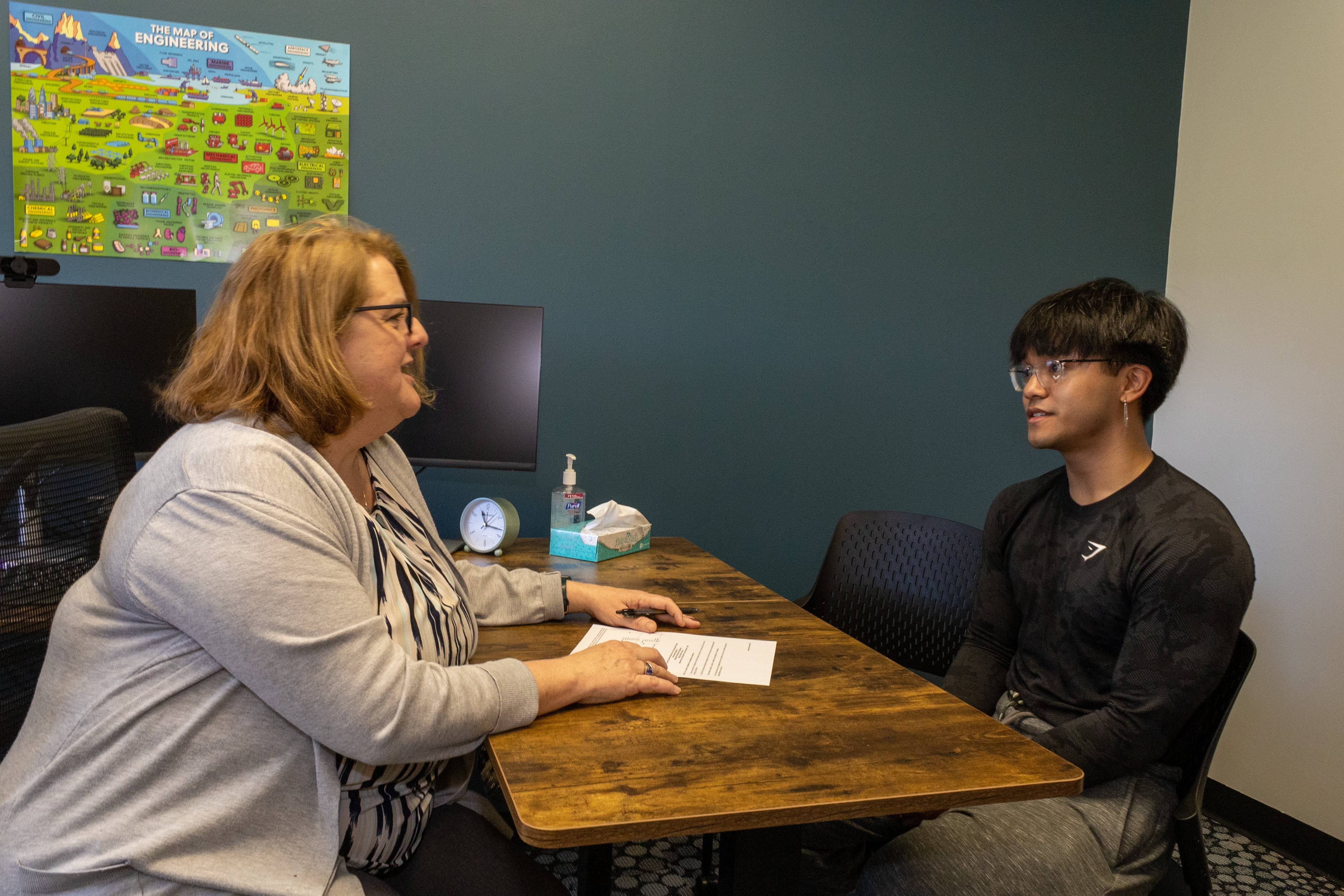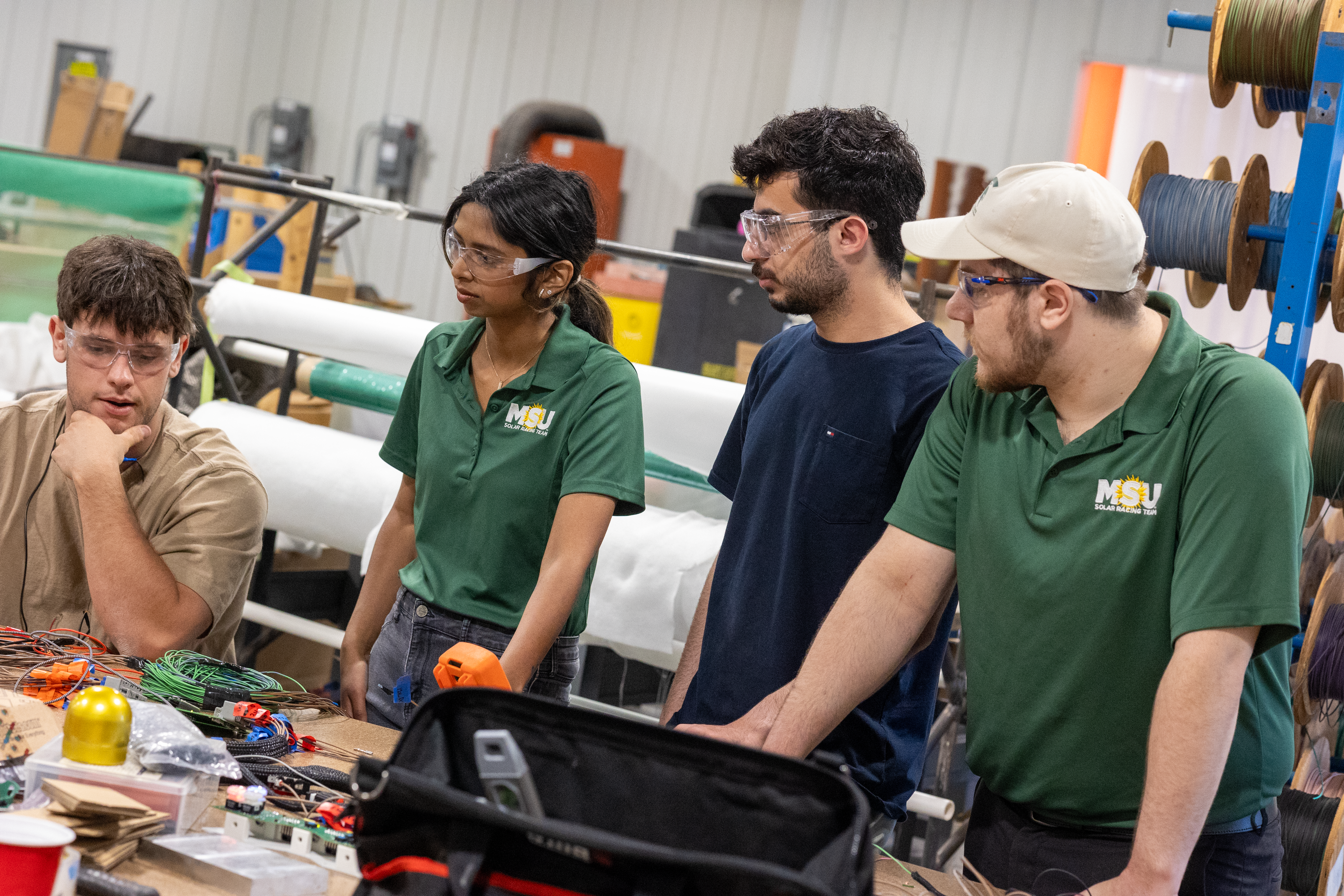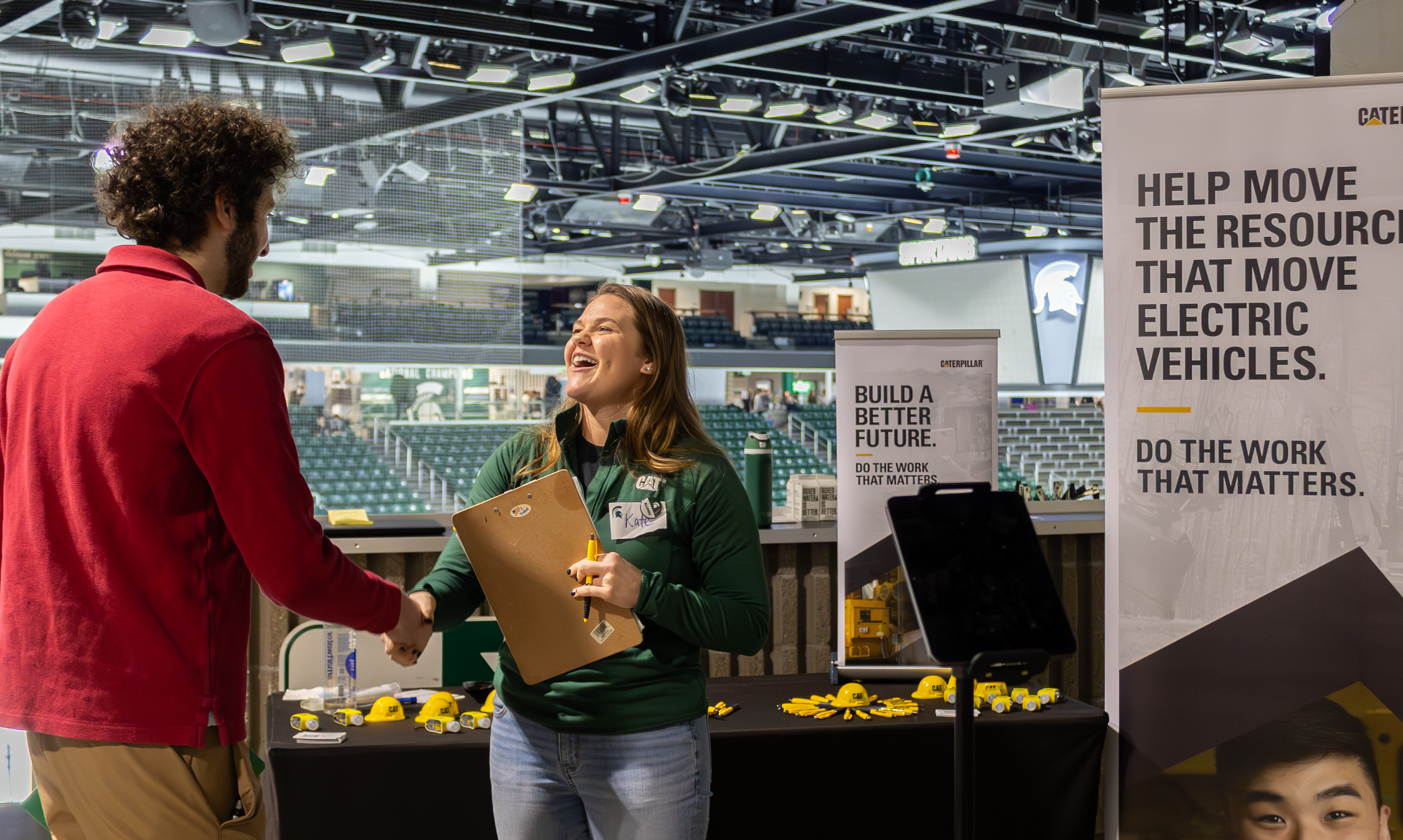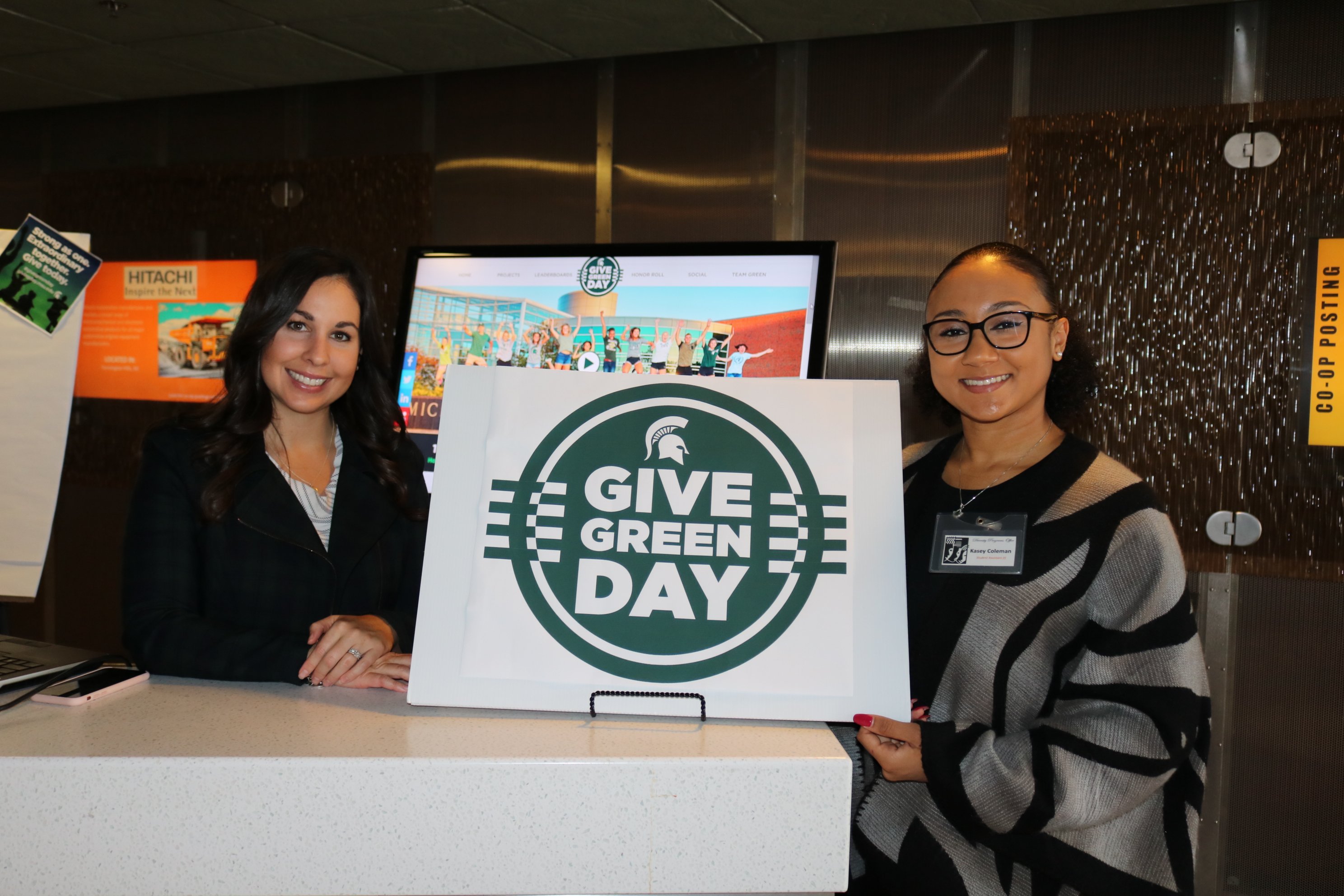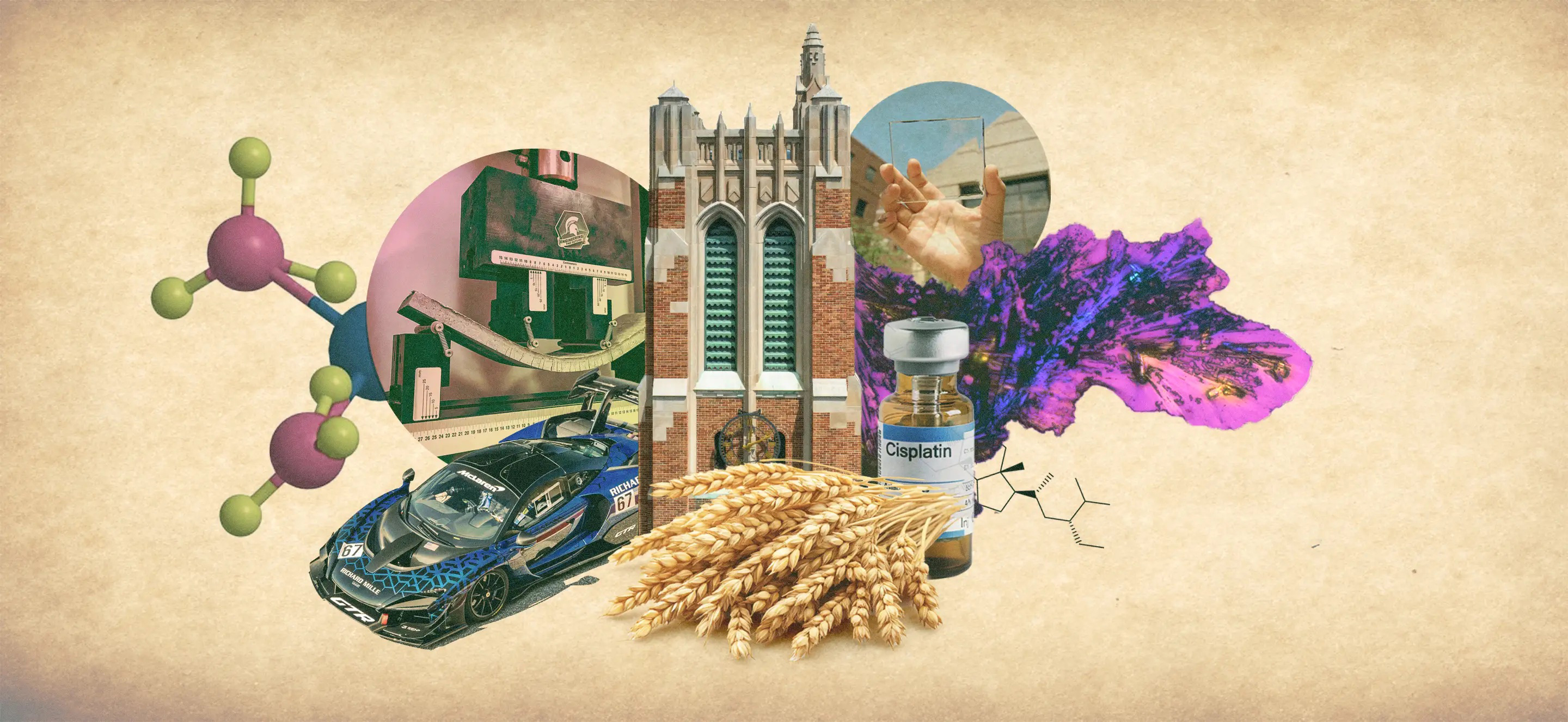Spartans are natural innovators. They push the limits of discovery and create solutions that benefit all of us. In fact, Michigan State University is ranked in the top 50 of the National Academy of Inventors’ list of top U.S. universities granted utility patents and has been a top 100 university globally for 11 consecutive years.
From pioneering a life-saving race car safety device that protects drivers from injury to revolutionizing chemotherapy for cancer patients, MSU researchers make breakthroughs that transform industries, make daily life better and even save lives. Spartans have contributed to more than 3,300 inventions — alongside alumni who have made groundbreaking discoveries like fiber optic wire.
Take a look at a few innovative discoveries and creations that wouldn’t be possible without MSU faculty. Here are some from the College of Engineering:
Concrete that bends, self-heats and heals
In 2024, civil engineers at MSU developed flexible concrete that is self-healing and produces heat, which could prove to be an environmentally friendly option for roads in terms of snow and ice removal. “This could revolutionize the concrete industry and our infrastructure,” said Qingxu “Bill” Jin, an assistant professor in the College of Engineering, Department of Civil and Environmental Engineering.
Jin, along with then-graduate student Xiaoqiang “Antonio” Ni, developed the proprietary formula and tested the limits of the groundbreaking concrete for real-world applications that could make the use of salt on icy roads obsolete.
Invisible solar power
In 2014, Richard Lunt, the Johansen-Crosby Endowed Professor of Chemical Engineering in the MSU College of Engineering, along with other engineering researchers, developed transparent luminescent solar concentrators. These panels, which are clear and resemble blocks of glass, can be placed on windows, which could create solar power without obstructing the view.
In 2021, the Biomedical and Physical Sciences Building on MSU’s campus received an upgrade with the installation of transparent solar glass panels. MSU was the first university to install the technology.
A healthier alternative to salt
In 1999, Kris Berglund, a University Distinguished Professor of Chemical Engineering and Food Science, patented a salt substitute made from lysine, which is fermented from corn starch. The substitute was used in batches of Heinz No Salt Added Tomato Ketchup in 2009 and paved the way for other low-sodium food innovations.
A prolific innovator, Berglund, who died in 2019, secured 20 patents that included new methods to produce low-emission fuels, succinic acid, windshield washer and deicer, and the sodium-free salt substitute.
A device that revolutionized race car safety
Following the death of a race car driver, MSU Professor of Materials Science and Mechanical Engineering Robert Hubbard worked with his brother-in-law and race car driver Jim Downing to develop a safety device known as the Head and Neck Support device, or HANS.
The device, patented in 1987, restrains the helmet and head relative to the shoulders and effectively reduces the head motions and neck tensions that injure racers. It is now mandatory in professional racing and is credited with saving the lives of countless race car drivers.
Hubbard, who died in 2019, earned a place in the Sports Car Club of America Hall of Fame in 2014.
Read more on MSU inventions and see more photos in a story courtesy of MSUToday.
